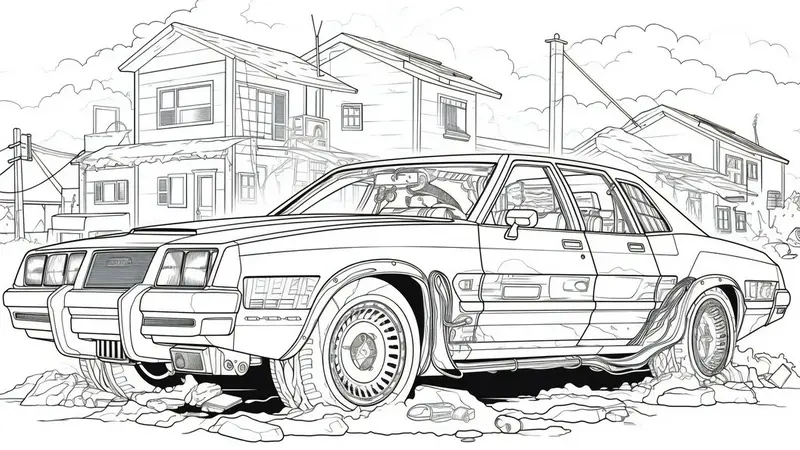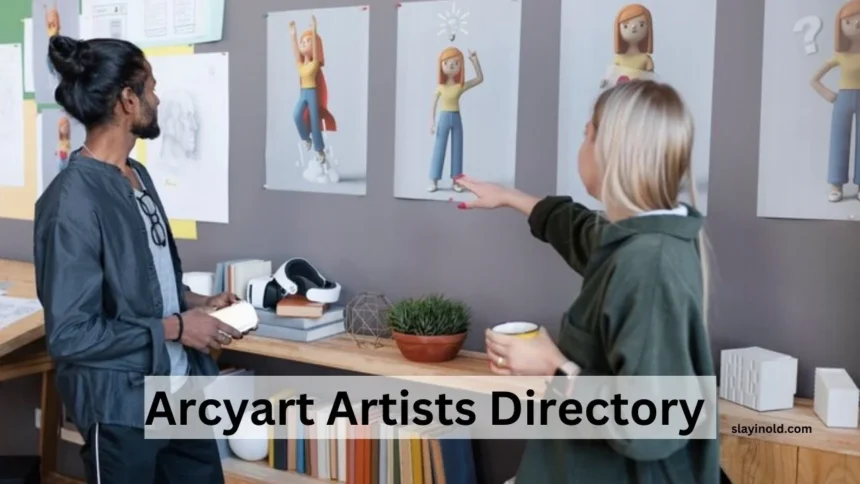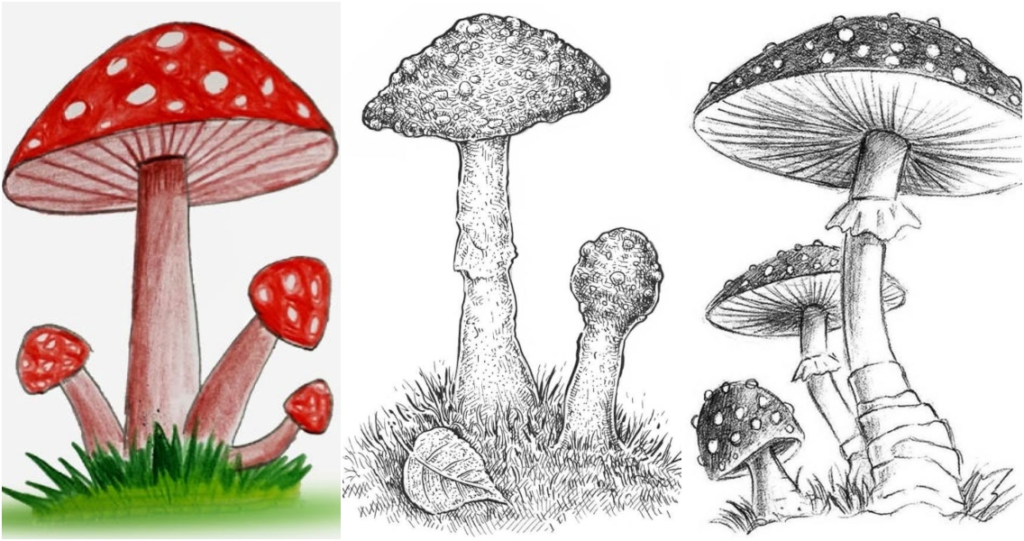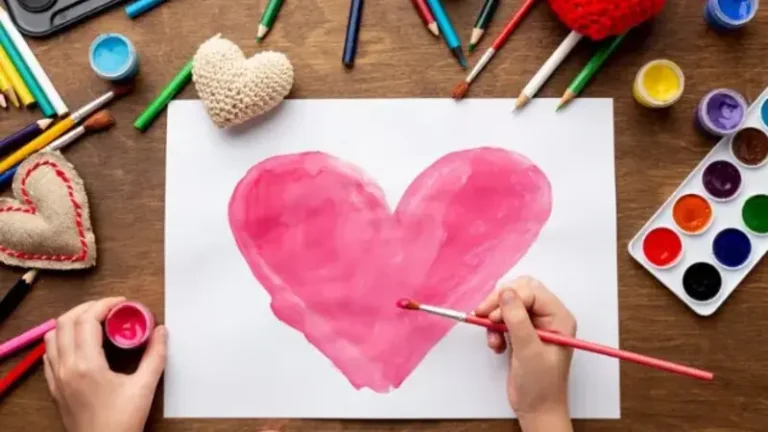Introduction to Exploring Different Styles: drawing:burmhcczepe= car
Drawing:burmhcczepe= car welcome to a vibrant journey through the world of drawing! Whether you’re an aspiring artist or a seasoned pro, there’s always something new to explore. In this post, we will delve into the fascinating realm of different styles in drawing, particularly focusing on the unique expression found in cars. From traditional methods that have stood the test of time to modern techniques that challenge conventions, we’ll cover it all. Buckle up as we navigate through various styles and discover how each can enhance your artistic expression while capturing the essence of automotive design. Let’s ignite our creativity together!
What is a Style in Drawing?
A style in drawing is essentially a signature. It’s the unique fingerprint that an artist leaves on their work. This can manifest through techniques, subjects, and even the emotional resonance of the artwork.
Each artist brings their own perspective to the canvas or paper. Some may prefer bold lines and vibrant colors, while others might lean toward soft shading and muted tones. These choices reflect personal experiences and influences.
Styles evolve over time too. An artist’s early works might differ greatly from what they create later on as they refine their craft and explore new ideas.
Drawing styles also connect artists with movements—be it realism, impressionism, or abstract art—influencing how they interpret reality or express imagination. Understanding this diversity opens doors to new inspirations for any aspiring creator drawing:burmhcczepe= car.
Traditional Drawing Styles
Traditional drawing styles are steeped in history and culture. They often reflect the artistic standards of their times, showcasing techniques passed down through generations drawing:burmhcczepe= car.
One prominent example is realism. Artists strive to depict subjects as they appear in life. This approach requires keen observation and meticulous detail.
Another style is classical drawing, which emphasizes proportion and anatomy. Masters like Leonardo da Vinci exemplified this with their studies of the human form.
Charcoal, ink, and graphite have been staples for centuries. Each medium brings its own character to traditional works, from soft shadows to bold lines.
Moreover, traditions vary globally—from Eastern calligraphy to European frescoes—each rich with storytelling potential. These styles invite artists into a world where every line holds meaning and expression flourishes through technique.
Modern and Contemporary Drawing Styles
Modern and contemporary drawing styles have transformed the way artists express themselves. These approaches often break traditional rules, allowing for creative freedom.
Abstract drawings emerged as a powerful movement. Artists use colors and shapes to convey emotions rather than realistic depictions. This style invites viewers to interpret meaning in their own unique ways.
Mixed media is another fascinating aspect of modern drawing. By combining various materials—like ink, charcoal, or digital elements—artists can create layered textures that enhance visual storytelling.
Minimalism also plays a significant role today. It strips down complex ideas into simple lines and forms, focusing on what is essential while leaving much open to interpretation.
These diverse techniques reflect society’s evolving nature and foster new dialogues about art itself. As artists continue to experiment with these styles, they shape the future of drawing in exciting car possibilities.
Understanding the Burmese Style of Drawing
The Burmese style of drawing is a captivating blend of tradition and storytelling. Rooted in Myanmar’s rich cultural heritage, it often reflects the country’s spiritual beliefs and daily life.
Artists typically use vibrant colors to bring their subjects to life. The imagery frequently includes motifs from nature, folklore, and religious iconography. This connection to the environment adds depth and meaning.
Distinctive line work characterizes this style, with flowing curves that guide the viewer’s eye through intricate compositions. Notably, there’s an emphasis on detail that invites closer inspection.
Burmese artists also incorporate elements like gold leaf or textile patterns into their drawings. These enhancements add texture and dimension, making each piece unique.
Exploring this style opens doors to understanding a culture steeped in history while inspiring modern interpretations across various art forms.
Exploring the Intricacies of Hatching and Cross-Hatching Techniques in Drawing
Hatching and cross-hatching are essential techniques that breathe life into drawings. Hatching involves using parallel lines to build texture and depth. The closer the lines, the darker the tone appears.
Cross-hatching takes this a step further. By layering intersecting lines, artists create rich shadows and intricate details. This method adds complexity and dimension to any piece.
Mastering these techniques requires practice but offers endless possibilities. Artists can convey light effects or emphasize contours simply through line placement.
Experimentation is key; each artist brings their unique flair to hatching styles. Whether you prefer bold strokes or delicate whispers of ink, both methods provide a foundation for expression within your work.
As you explore these intricacies, consider how they might enhance your creations or develop a distinct voice in your art journey.
Combining Multiple Styles: Exploring Different Styles: drawing:burmhcczepe= car
Combining multiple styles in drawing opens a world of creativity. It allows artists to play with various techniques and influences, leading to unique expressions.
Imagine merging traditional hatching methods with modern digital art elements. The result can be stunningly dynamic and visually captivating. Each stroke tells a different story, reflecting the artist’s diverse inspirations.
Consider how contrasting styles can enhance a simple car sketch. An elegant classic outline paired with abstract splashes could evoke nostalgia while pushing boundaries. This fusion creates depth and intrigue.
Experimenting is key here; don’t shy away from trial and error. Mix pencil shading with watercolor washes or combine realism with surrealism for unexpected outcomes.
Embracing this eclectic approach not only enriches your artwork but also helps you discover new aspects of your own artistic voice. Every combination offers an opportunity for growth and innovation in your drawing journey.
Conclusion: Finding Your Own Unique Style in the World of Drawing
Every artist’s journey is unique. As you explore different styles, whether it’s traditional techniques or modern interpretations, remember that your experiences shape your work. Embrace the Burmese style and its intricate details or dive into hatching and cross-hatching methods to add depth to your creations.
The beauty of drawing lies in its endless possibilities .Drawing:burmhcczepe= car combining various styles can lead to unexpected results that reflect who you are as an artist. Experimenting allows for growth and discovery, guiding you towards a signature style that’s truly yours.
So, take the plunge into this vibrant world of artistic expression. Trust yourself, play with different approaches, and watch how they transform your drawings over time. Your unique voice will emerge through practice and exploration—creating art becomes not just an activity but a lifelong adventure filled with creativity.




